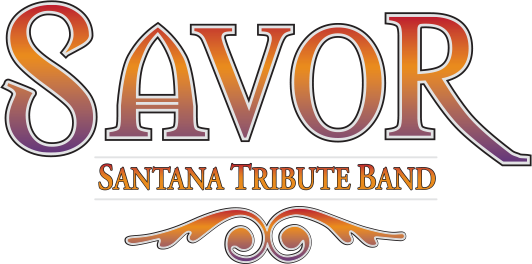The Start of Afro-Latin Fusion

Afro-Latin American music is a blend of African and Latin American styles. Its roots are in the African diaspora, or the movement of African peoples to other parts of the world, primarily due to the slave trade. Cuba is considered one of the most important sources of music in Latin America, along with Brazil and Mexico.
Cuba is steeped in musical heritage as a result of the rich diversity of its people – a mixture of indigenous peoples, Spanish colonizers, and African slaves that were transported to the country as early as the 1500’s up until the 1880’s. The blending of cultures produced the unique sound that is Cuban music, and today that sound can be heard all over the world.
Breaking Down the Beat
Cuban music, as well as music from other Latin American countries, has deep roots in African rituals and rhythms. Even though the Spanish tried to prevent Africans from expressing their religious, ritualistic, and musical traditions, enslaved people continued to make music using whatever they could find – sticks, crates, their bodies, and their voices. They provided the most important element in Latin/Afro-Cuban music: the clave.
The clave is a percussion instrument, a specific rhythm, and a rhythmic concept that underlies all Latin/Afro-Cuban music. As an instrument, claves are short, wooden sticks that, when struck together, produce a sound that penetrates the rest of a band.
There are many different variations of the clave rhythm but, in general, it revolves around a complete 3:2 or 2:3 rhythmic ratio. As a rhythmic concept, the clave helps to keep a band in time and essentially tells everyone where they are in a song.
There are many subgenres of Latin/Afro-Cuban music, each with its own unique sound and style, but they all share common elements including the use of drums and percussion instruments, as well as call and response. Some of the more common instruments include: congas, bongos, cowbells, various “shakers”, batas, timbales, and, of course, claves.
The Grandfathers of Cubop
Latin/Afro-Cuban music has been popularized by a number of different artists over the past century, but it wasn’t until the post-World War II years that Cuban music really took off in the U.S. with the introduction of Latin jazz fusion, “Cubop”. The prime movers of Cubop were Dizzy Gillespie, Mario Bauza, the Machito Orchestra, and Cuban percussionist, Chano Pozo.
Some of the most famous Latin/Afro-Cuban musicians include Mongo Santamaria, Celia Cruz, and Tito Puente. However, it was Carlos Santana and his band, Santana, who were instrumental in introducing a whole new generation to a fusion of rock, jazz, blues, and Afro-Cuban rhythms with Latin sound at Woodstock in 1969.
After the band’s triumph at Woodstock, they went on to release several hit albums. Each release infused rock with a Latin vibe rooted in Afro-Cuban rhythms, all revolving around Carlos Santana’s remarkable guitar playing.


